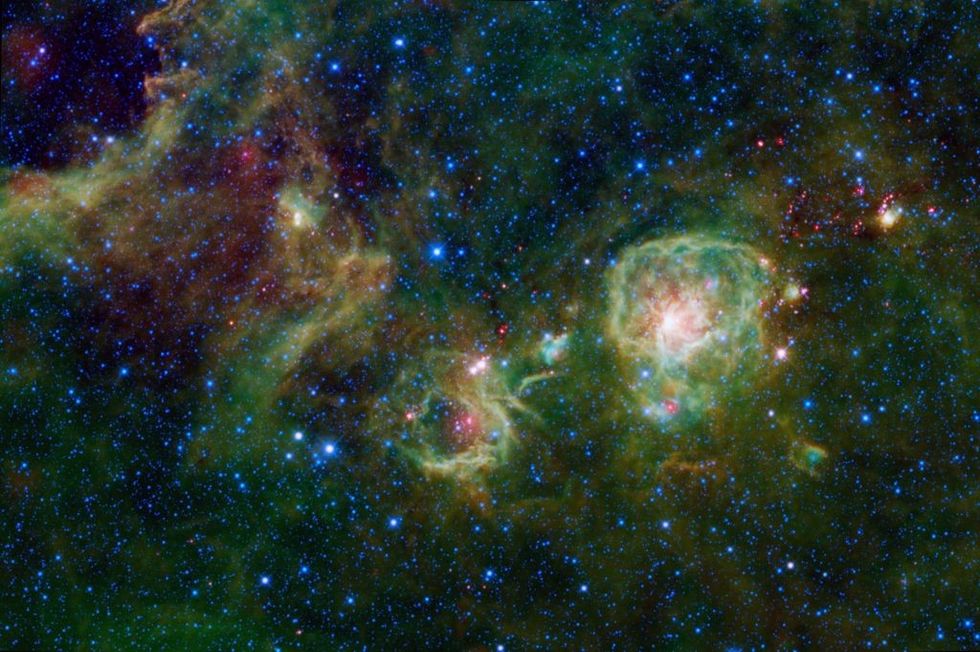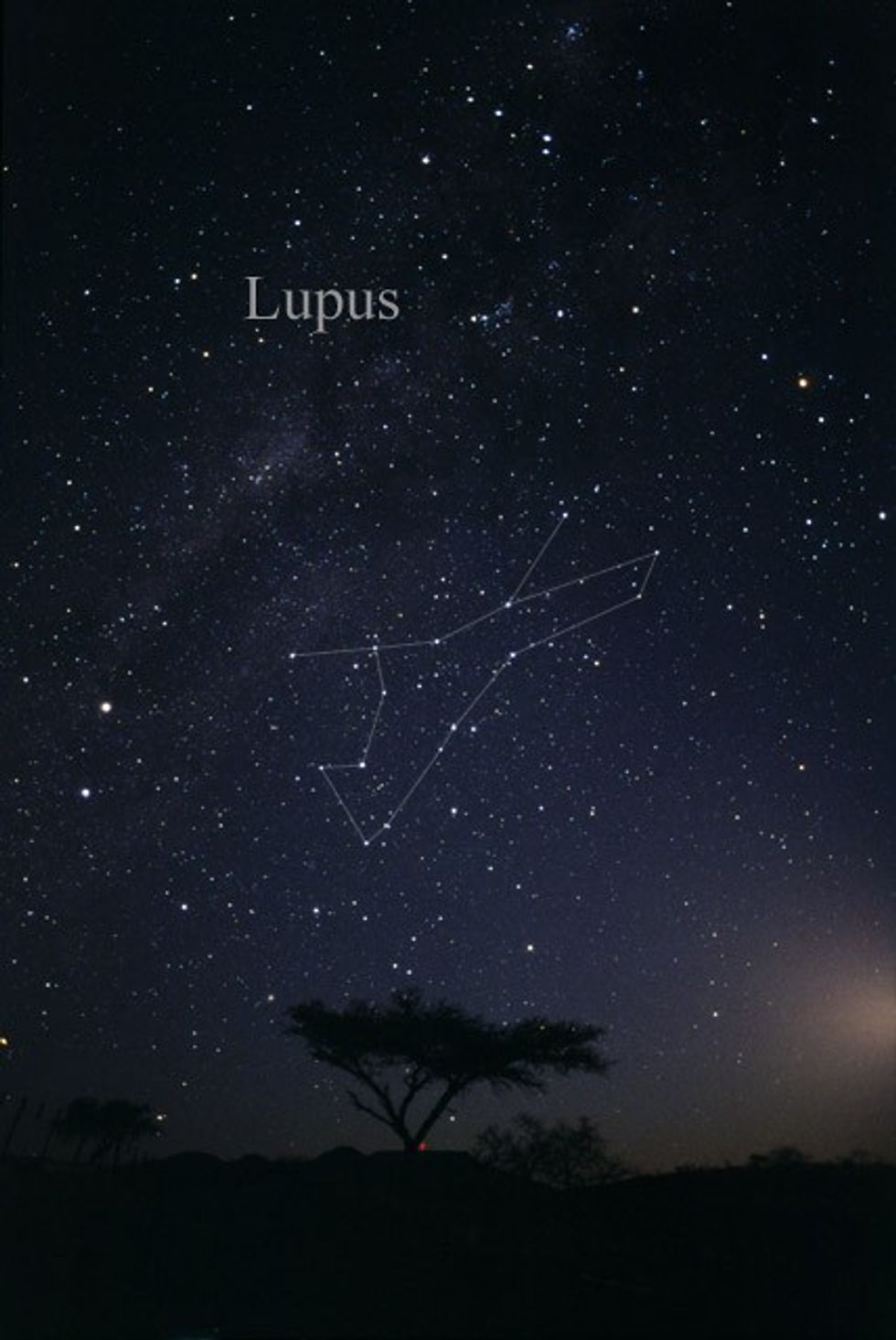Space breakthrough as two new 'never before seen' stars explode into sky in 'historical extremely rare event'

The phenomenon will be visible in some parts of North America, including Mexico, California and Texas
Don't Miss
Most Read
Two stellar explosions have created an unprecedented astronomical phenomenon, with both outbursts now visible to the naked eye from Earth simultaneously.
This marks the first time in recorded history that more than one of these luminous stellar events has been observable to humans at the same time, according to scientists.
The dual nova occurrence represents some of the most powerful explosions in the universe, with the distant stellar detonations burning so brilliantly that they can now be seen without telescopic assistance.
Classic novas typically appear in the night sky once a year at most, making the simultaneous appearance of two such events almost unheard of in astronomical circles.

The Vela constellation
|GETTY
The first nova, designated V462 Lupi, was initially detected on June 12 within the Lupus constellation.
The distant star that existed prior to this dramatic transformation was three million times dimmer than its current luminosity.
Subsequently, on June 25, astronomers identified a second nova, designated V572 Velorum, located within the Vela constellation, according to EarthSky.org.
This second stellar explosion occurred just under two weeks after the initial discovery, creating the remarkable dual-nova scenario that has captivated the astronomical community.
Both events represent classic novas, which are space explosions that are shorter-lived than supernovas, with such phenomena typically manifesting in Earth's night sky no more than once annually.
LATEST SPACE NEWS

The Lupus constellation
|WIKICOMMONS
Astronomer and author Stephen O'Meara has described the phenomenon as extraordinary in its rarity.
"This is without question an extremely rare event, if not an historical one," O'Meara told Spaceweather.com.
O'Meara has conducted extensive research into historical astronomical records to find comparable occurrences. "I have yet to find an occurrence of two simultaneous nova appearing at the same time," he stated.
The closest historical parallel occurred in 1936, when two novas designated V630 Sgr and V368 Aql appeared in relatively quick succession.
However, these events were separated by several weeks rather than occurring simultaneously.
O'Meara noted the crucial distinction regarding the 1936 events: "They were not at maximum brightness at the same time."
V572 Velorum displays brilliant blue-white light, whilst V462 Lupi exhibits a distinctive purple hue, according to Live Science.
Both stars will eventually transition to red colouration before disappearing, as the longer blue-coloured wavelengths of light fade first.
V462 Lupi reached peak brightness on June 20 at magnitude +5.5, making it dimmer than prominent stars such as Polaris and Sirius.
Despite slight weakening since its peak, the star remains above the +6 magnitude threshold, ensuring continued naked-eye visibility.
V572 Velorum achieved greater luminosity, peaking at +4.8 magnitude on June 27.
Both the Lupus and Vela constellations occupy positions in the southern sky, placing them below the horizon for UK observers but remaining visible across portions of North America, including Mexico, California and Texas.










